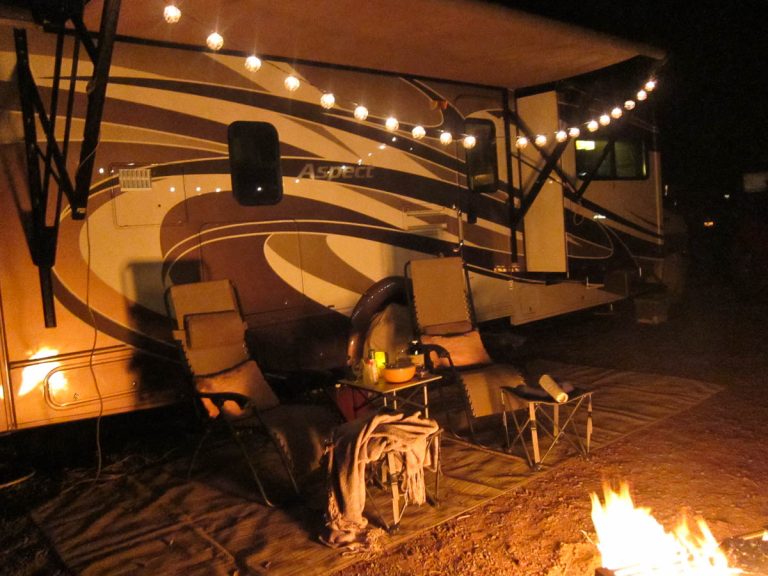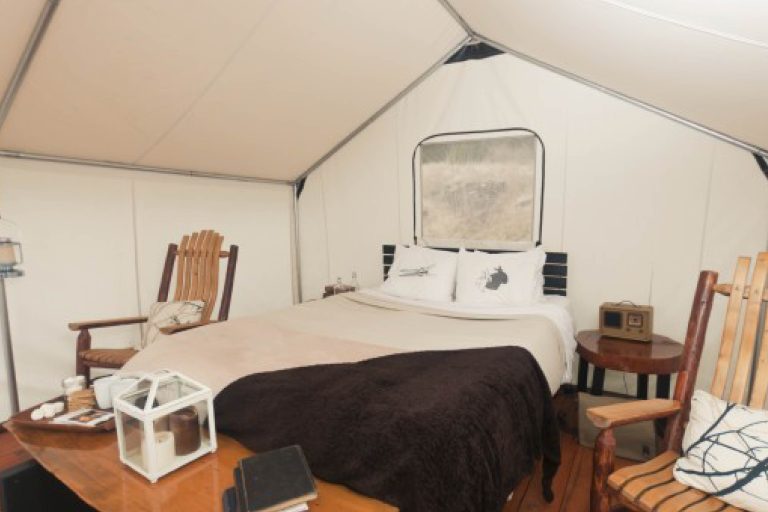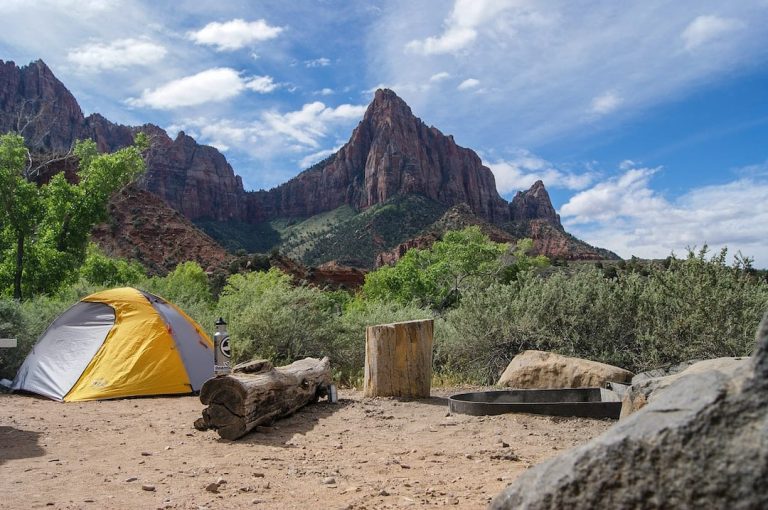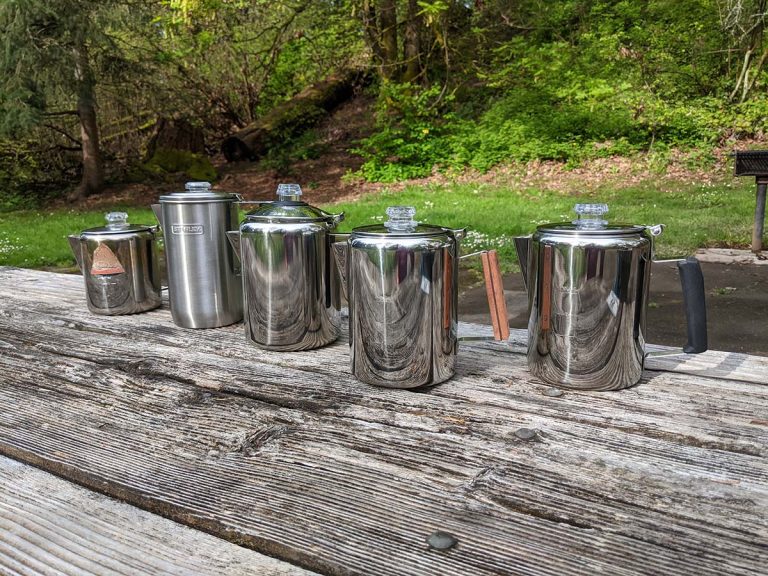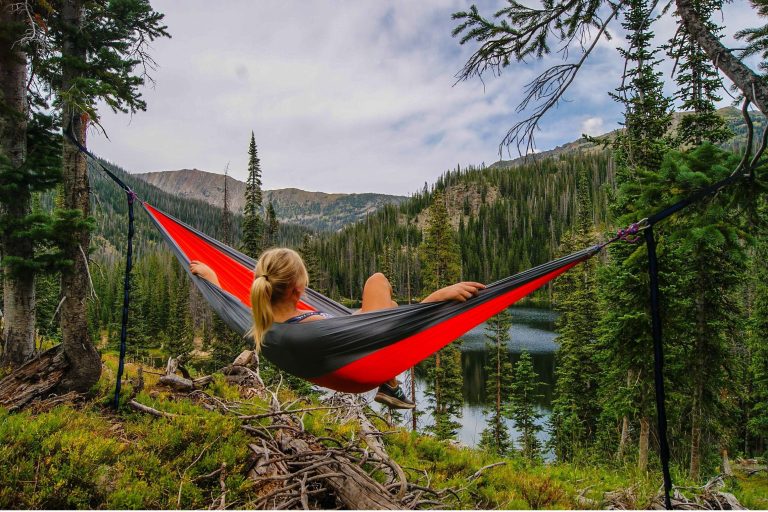8 Tips on How to Keep your Tent Dry Inside
Every veteran camper experienced a damp tent in their camping journeys. How to keep a tent dry is extremely important for campers to know! A damp tent is a very unpleasant obstacle, especially in the rainy season. There are several cases where campers experienced a crisis when their tent got fully drenched inside, ruining their equipment.
Moisture levels can also make your tent feel damp, and you may get interrupted by water droplets. Keeping your tent dry is very important, especially if you are camping in a cooler area. There are several ways you can keep your tent dry inside.
In this article, we listed down a few of the important and common ways how to keep your tent dry inside.
Table of Contents
Choosing an appropriate weather location
Choosing an appropriate location is very important as it can influence the moisture level of your tent. When you are choosing a spot for camping, look for flat lands with low grasses. If the land is not flat, the water drainage may not be good, and you may end up having a puddle of water under your tent. Moreover, long grasses usually collect a lot of moisture overnight, which can also lead to making your tent damp. Additionally, it is recommended to camp somewhere where the airflow is decent, ideally with a cool breeze to avoid humidity. However, do not choose the strong windy location, as it may backfire.
Also, check out how to camp in the rain
Prevent condensation build up inside the tent
Condensation is one of the most common ways for your tent to become damp. During the night, the tent wall usually becomes cool, and condensation is formed when your body lets out the heat or when you breathe out. Condensation is usually common with single-walled tents; as a result, you should get double or triple-walled tents to avoid condensation. Also, make sure that your tent has proper ventilation or enough mesh openings to promote better air circulation. Tents with decent air circulation are less prone to condensation buildup. Moreover, it is also recommended to build your tent in a cool breezy area.
Use your tent’s groundsheet
The groundsheet is one of the most important pieces of element for your tent. It is an extra piece of cloth that is made of waterproof material, which acts as a barrier between the bottom of your tent and the ground. Groundsheet protects your tent from water seeping in through the tent’s footprint. Most good quality comes with groundsheet; it is essential to use it, especially in locations that are prone to unpredictable rain.
However, if you don’t have a groundsheet lying around, then you can also use tarps that are larger than your tent footprint. You need to set up the tent over the tarp and then fold in the excess bits of the tarp.
Use the benefits of your campfire
It is recommended to build a campfire around your camping area. This is because the heat from the campfire will keep the area warm and dry. Moreover, you can also dry your equipment around the fire if they are wet. This is not a way to keep your tent dry; however, this can act as an instant cure if your tent does get wet. However, ensure a safe distance between the fire and your tent. This is because if enough distance is not maintained, the fire sparks can cause accidents.
Use your rain tarp
If you own a single-walled tent that is prone to condensation build-up, then you can easily use your rain tarp. You can put the rain tarp over your tent to add another extra layer to reduce the chance of condensation buildup. It is important to put your rain tarp in a downhill position to trick the water down instead of uphill in your tent.
If the camping area does not have enough trees to support the tarp set up, you can sit on walking or hiking poles to set up your rain tarp. They must be set up, so the water is not collected on the rain tarp. Also, read how to make a tent out of a tarp
Set up your tent in a proper way
Setting up your tent in a proper way also prevents your tent from being damp or causing water leakage. It is important to analyze the angle of your ground and your tarps. It is recommended to set up your tent at a slight angle to avoid water pooling under your tent. Moreover, always analyze where the water will pool up if there is heavy rain or a flood and avoid those areas. Also, secure your tents with proper guy lines to avoid any odd angles, promoting unwanted water collection.
Have proper ventilation
Proper ventilation is essential to avoid condensation build-up in your tent, which makes it damp. You can promote better ventilation in your tent by setting up your tent door in the direction of the wind, which will lead to better airflow. It is also advisable to purchase tents with a number of windows and ground ventilation to have better breathability. Additionally, you should opt for insulated tents with the most appropriate ventilation system.
Carry microfiber towels and bags
Another quick and efficient way to keep your tent dry is using microfiber towels. Microfiber towels should be essential items as they can absorb water easily, which can help you to dry up the tent if it gets damp by condensation. You can wipe up the tent’s inner walls and outer walls with your microfiber towel to make it dry quickly.
Final Thoughts
Keeping your tent dry is important as it is unpleasant to camp inside a damp tent. It may ruin the entire camping experience for you. Moreover, keeping your tent dry can help you to increase its lifespan and durability. These tips can help you dry your tent easily or prevent any condensation from forming.
You can also check: Cold weather camping gear
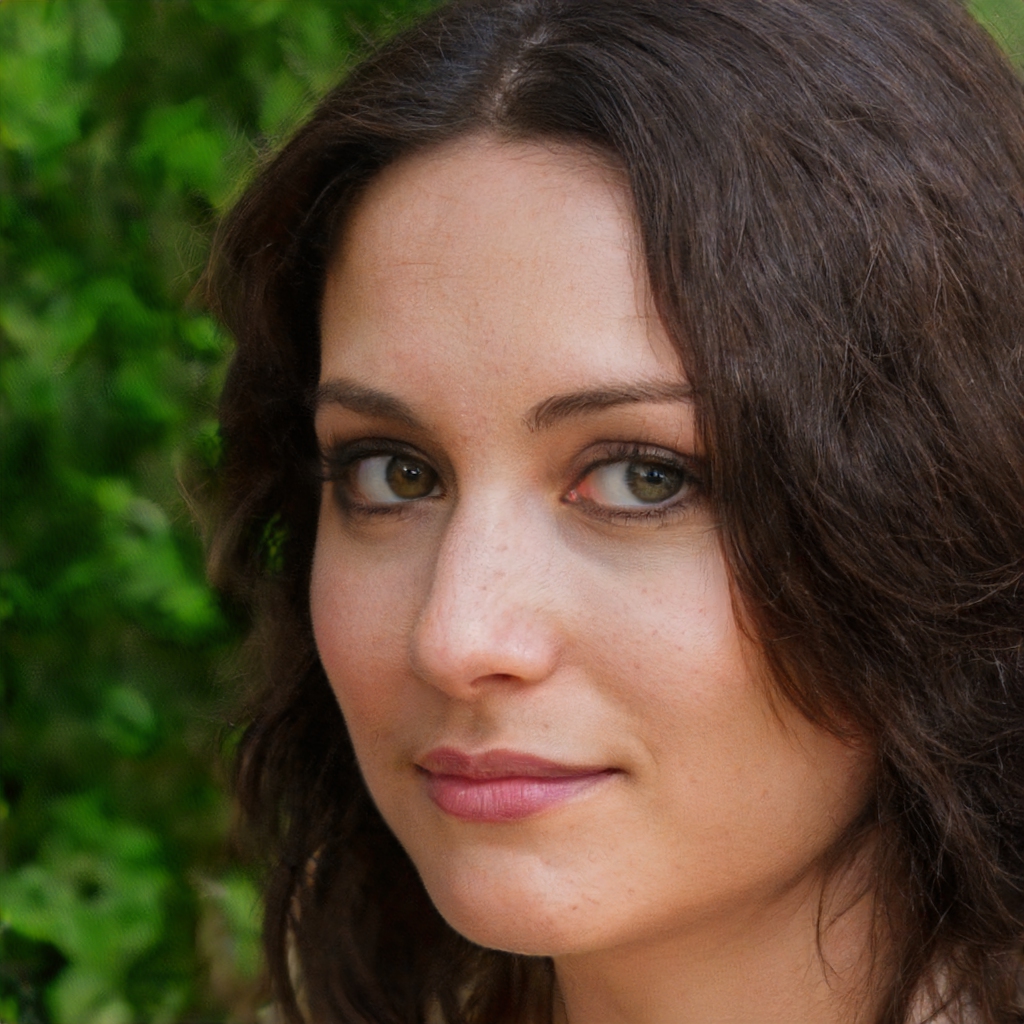
Meet Sarah, a passionate traveler and camping enthusiast who loves to explore the great outdoors. With years of exploring, she has become an expert in testing and reviewing the best tents on the market which got her to start mytravelingtents.com. Her insightful reviews provide valuable information to fellow adventurers looking for the perfect tent for their next camping trip.

